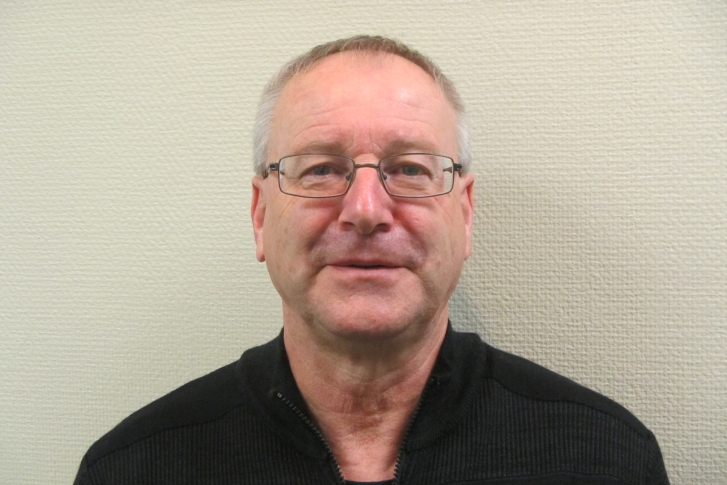Regional councils and researchers now have another tool in their kit to help identify natural wetlands, thanks to research shared by NIWA freshwater ecologist Paul Champion.
Champion led two, two-day workshops for regional council staff in February, on the identification of rushes, sedges and grasses, the dominant vegetation of wetlands in New Zealand. More workshops have followed for Boffa-Miskell and Auckland Council staff in May.
Wetland plant species knowledge is in demand following the release of the National Policy Statement for Freshwater Management 2020, which requires regional councils to be responsible for identification, protection and promotion of natural wetland restoration.
“Determining the types of vegetation can help regional councils work out if a site is a natural wetland or not,” Champion said.
“But just as important is the ability to identify threatened species which must be managed under the same policy.”
Champion co-authored the book An Illustrated Guide to Common Grasses, Sedges and Rushes of New Zealand in 2012.
“Rushes and sedges are very difficult to identify, and some are threatened, some are non-native and some are weeds,” Champion said.
“Many are specific to certain habitat types so when you are trying to classify wetlands, they are good indicator species.
“There is also a biosecurity aspect. We need to be able to correctly identify non-native plants or those causing problems in other parts of New Zealand.”
Champion ran one of the February workshops at the University of Waikato and the other at NIWA’s Christchurch office.
He grew his own seed specimens for the workshops and collected others from Waikato, Central Plateau in the North Island, as well as Canterbury and the West Coast in the South Island.
“We examined some common species and the most threatened species, and where they grow in the country.
“There is a site near the Napier-Taupo Road (State Highway 5) where there are only about 20 plants of a certain species.”
Megan Royal was among 16 people who attended the workshop at the University of Waikato. She is a catchment management officer for the Waikato Regional Council.
“I spend a lot of time talking with farmers about their restoration planting needs for riparian and wetland areas.
“Being able to identify plants correctly will help determine what the ecology of the environment will be like at different times of the year.
“This will help select the correct plants for each site based on their preferred habitat requirements.”
The workshop for Boffa-Miskell was held at NIWA's Hamilton Office in May. This covered the identification of wetland grasses, sedges and rushes and the field identification of these and other wetland plants.
The workshop for Auckland Council staff was held in Auckland and it covered the identification of aquatic plants, especially native submerged plants, but also introduced plants and other aquatic plant groups (e.g. free-floating and emergent species).





